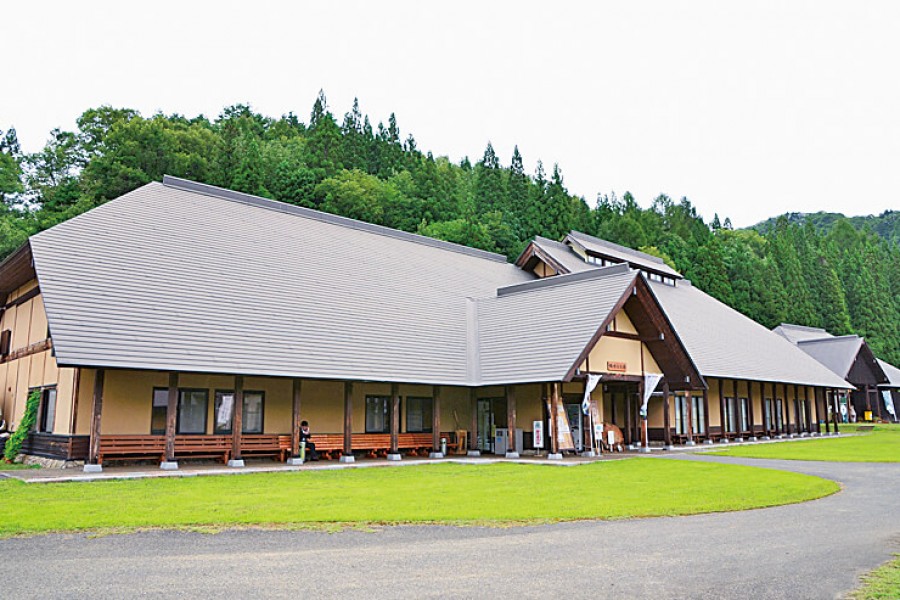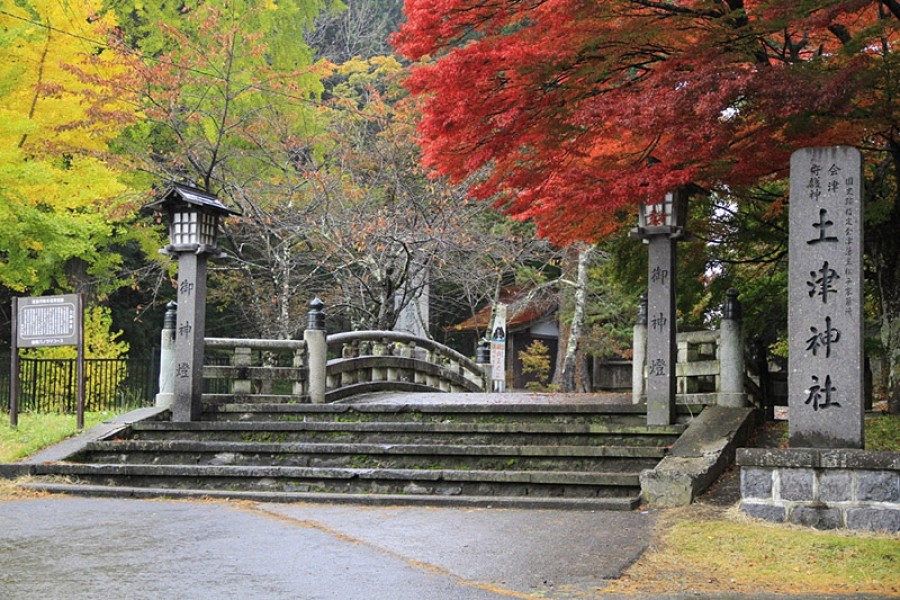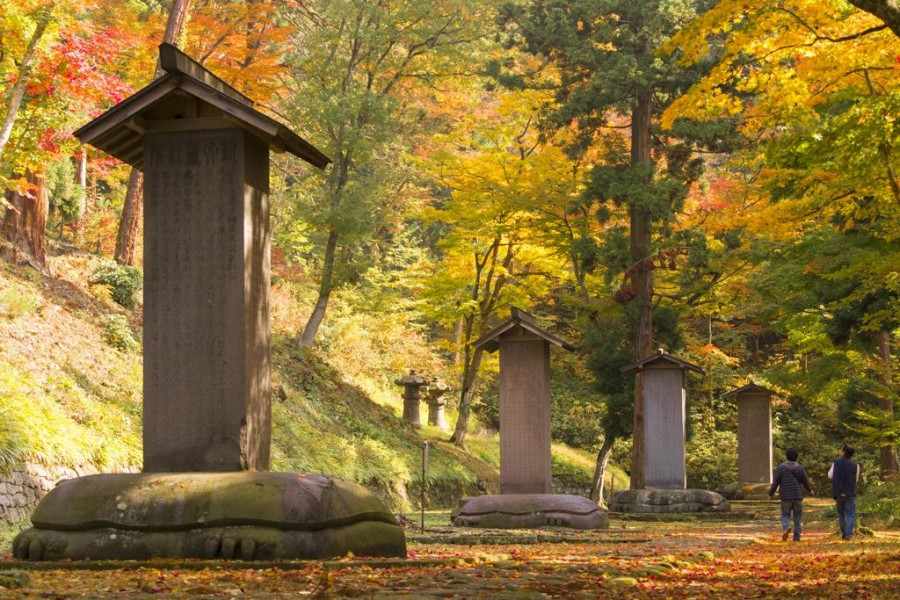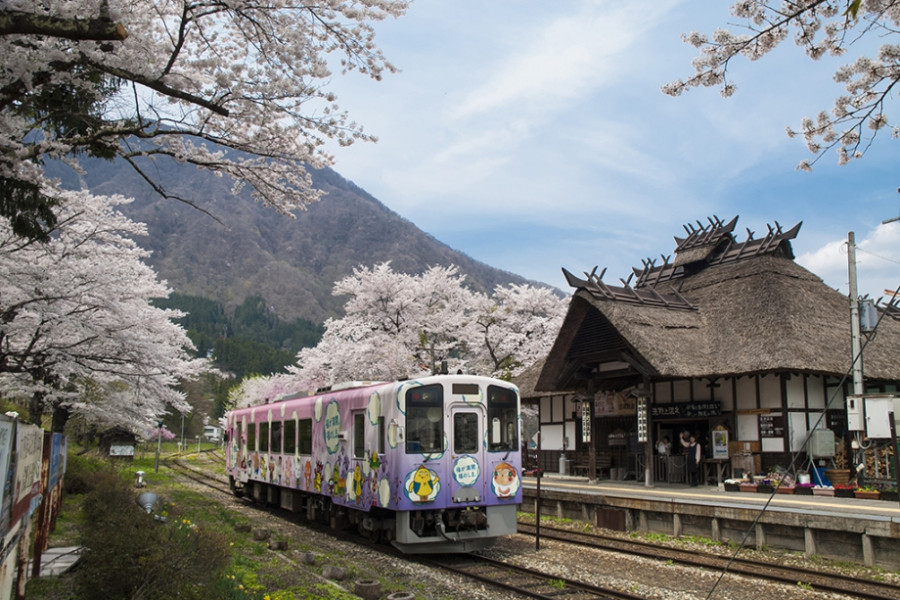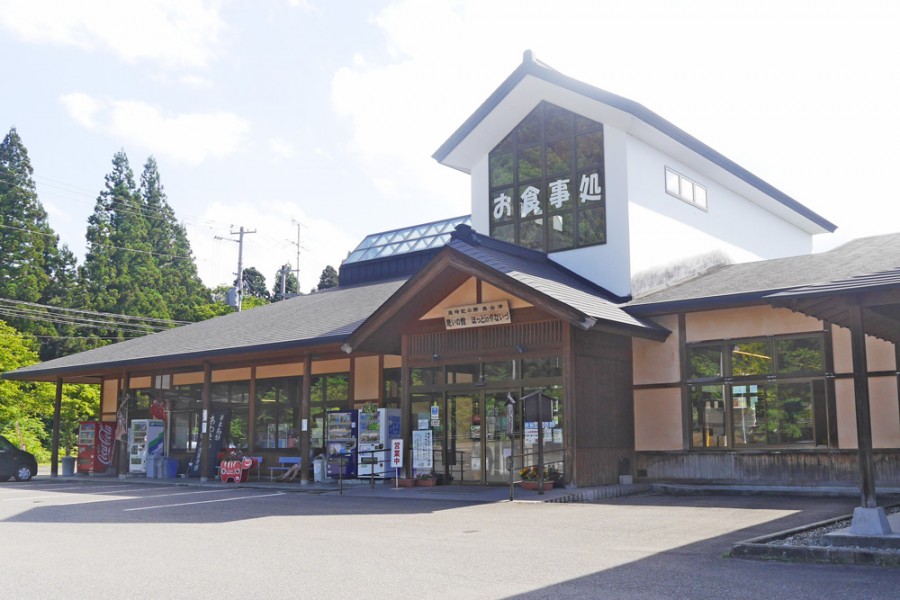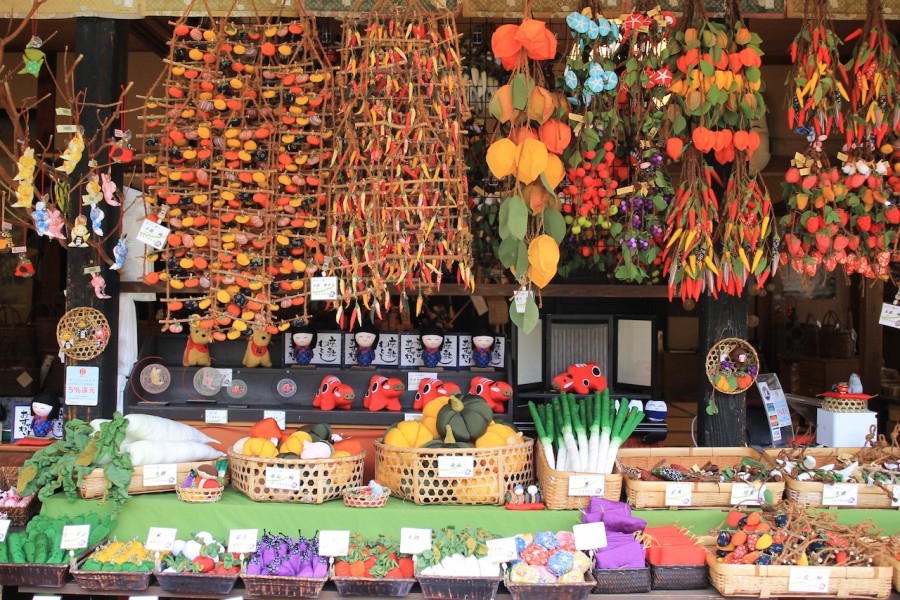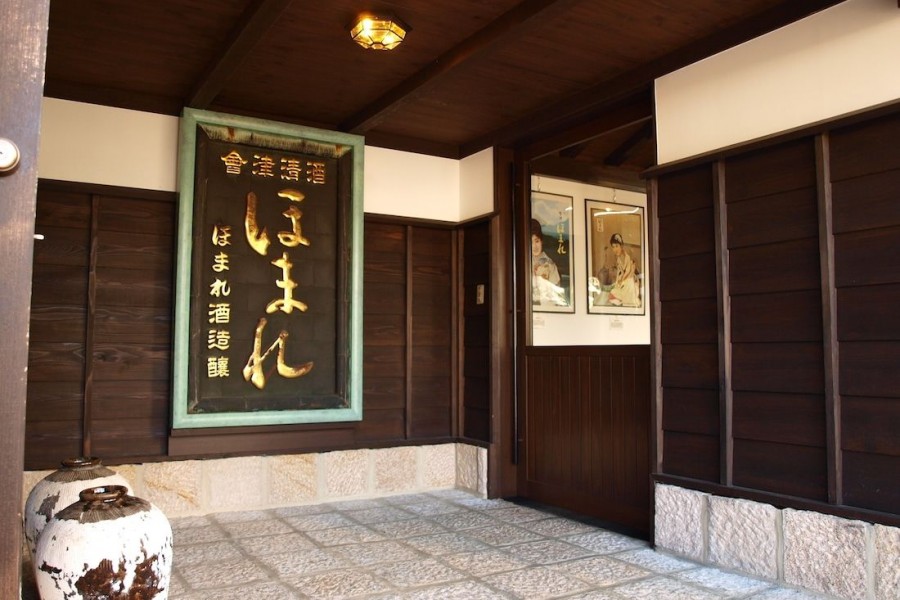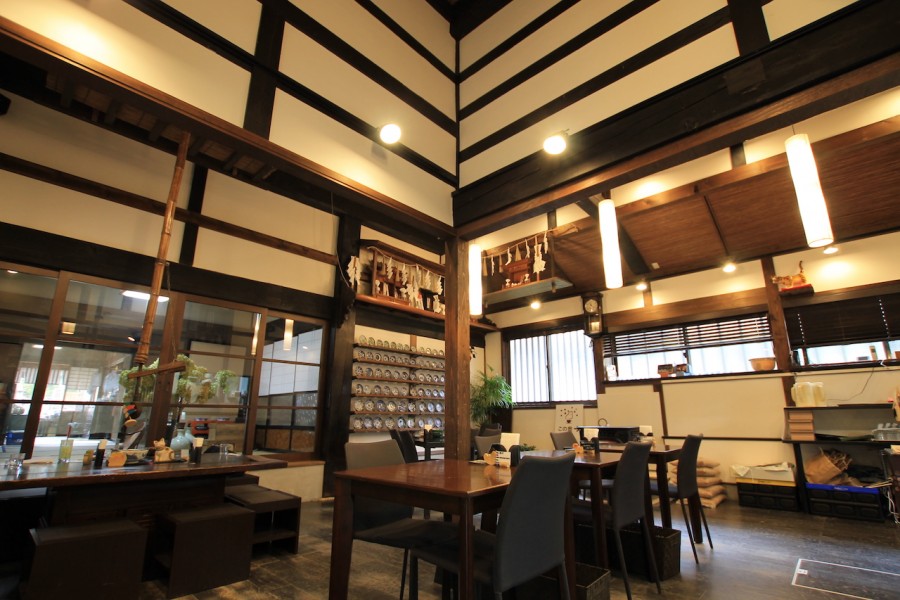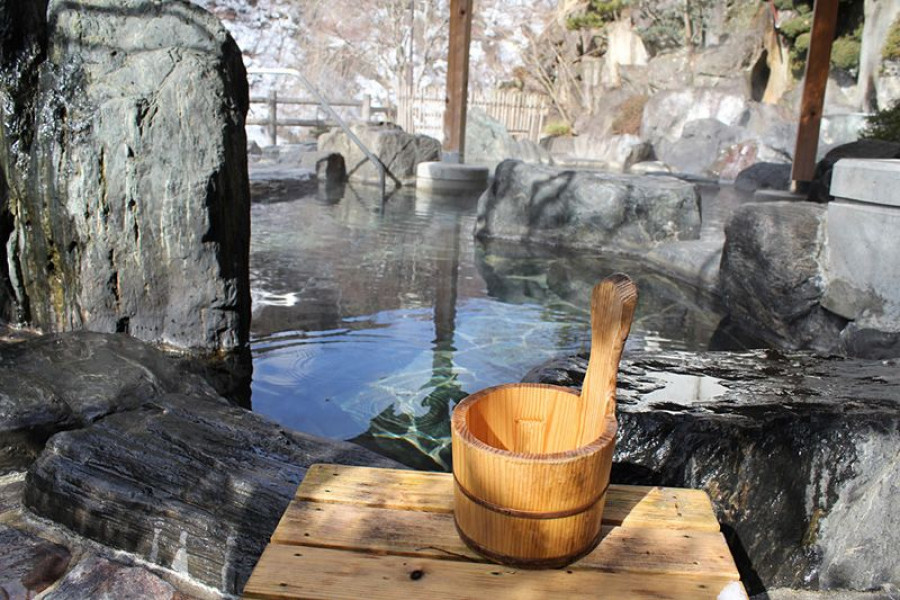
Yunokami Onsen
Yunokami Onsen is famous for having one of the only thatched roof station buildings in Japan. The hot spring area is fed from 8 source springs. Each ryokan (traditional Japanese inn) in the town draws its hot water directly from the source. The clear, transparent water is beloved for being soft and gentle on the skin. Many lodges offer just day-use of their baths, making it a great place to enjoy on a whim. There is also a public foot bath located at Yunokami Onsen Station. During the cherry blossom season, visitors can enjoy a warm foot bath while watching the light pink petals fluttering in the wind.
